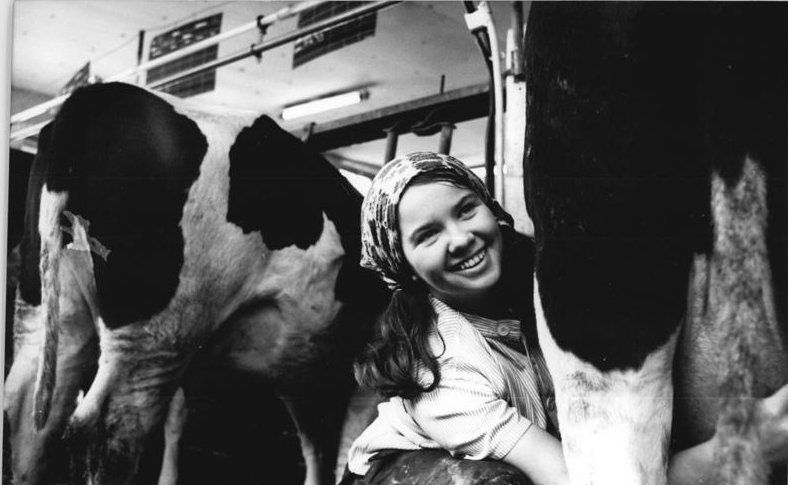When I was a boy growing up in Northeastern China, I recall waiting every morning for the fresh milk delivery. A man from a local “milk station” would ride up in a three-wheeled cart and hand a glass bottle of milk to my mother. She would then heat it, as was customary then, so I could have it with my breakfast. While I wouldn’t say the milk was necessarily a luxury item in those days, it was still considered precious enough that my parents never really drank it themselves, saving it instead for me and my sisters.
Asia’s per capita milk consumption is still very low compared to most of the developed world. But demand for dairy has increased over the years with income growth and changing tastes. As a result, the dairy industry across the region is flourishing, new brands are entering the market and expanded product lines are adding to the number of choices for consumers. Analysts have predicted that consumption of dairy products for the six main Association of Southeast Asian Nations (ASEAN)* should grow by 2.4% per year through 2020.
Today, I am amazed by the ever-widening selection of milk products my father purchases for my son when we visit him in China. He stocks up with boxed milk known as Ultra-High Temperature (UHT) milk, yogurts, flavored milk drinks as well as gallons of fresh milk in plastic containers. Milk is no longer the precious commodity that parents reserve for their children. Almost everyone at the breakfast table now drinks milk, and also seems to enjoy it later in the day.
A couple decades ago, milk in China typically came just from local dairies. More recently, regional and even, national firms have emerged. In the face of rapid growth, some manufacturers have had their share of misfortunes. Over the past decade or so, Japan and South Korea both have experienced sporadic outbreaks of foot-and-mouth disease, which harmed their respective dairy industries. The Korean government culled hundreds of thousands of cattle, which led to a shortage of raw milk and depressed the production of certain milk products.
Chinese firms were also marred by a series of scandals over milk and milk formula quality. Following the incidents, China’s government tightened regulations and inspections. Some dairy companies collapsed, and those that survived began to pay greater attention to safety issues in attempts to regain consumer confidence.
For the sake of quality control, many Chinese dairies have built their own cattle farms. While this has alleviated some supply shortages, it has also allowed firms to branch out into other areas such as cattle feed and alfalfa planting. Some farms have, thus, become more integrated, and may allow for greater profitability by capturing a broader spectrum of the value chain.
Companies today have expanded and are working toward creating strong brands. They seek to build the same level of trust among their consumers that my mother had in our local dairies.
Hardy Zhu, Research Analyst at Matthews Asia


